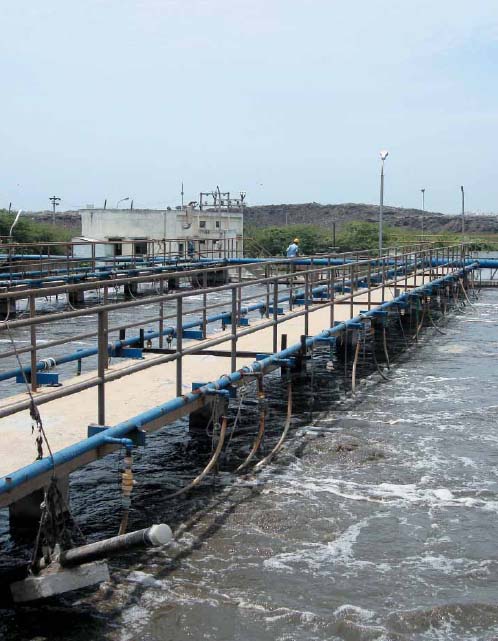 This India Country Paper on Enhanced Quality of Life through Sustained Sanitation was prepared for South Asia Conference on Sanitation (SACOSAN) IV held at Colombo, Sri Lanka in April, 2011.
This India Country Paper on Enhanced Quality of Life through Sustained Sanitation was prepared for South Asia Conference on Sanitation (SACOSAN) IV held at Colombo, Sri Lanka in April, 2011.
In rural sanitation, India’s flagship rural sanitation programme, the Total Sanitation Campaign (TSC), continues to be implemented with renewed vigour, and improvements in multiple facets of the programme. The TSC programme was given a further boost with the introduction of the Nirmal Gram Puraskar (NGP), an innovative incentive scheme for Gram Panchayats, Blocks and Districts. The rural sanitation sector has continued to receive increasing budgetary support.
Some of the factors underlying achievements in this period included continued high-level political and administrative commitment to sanitation, a nation-wide enabling policy framework, decentralized planning, implementation and monitoring at Gram Panchayat levels, transparent national-level reporting and monitoring and independent validation, states’ adoption of the incentive awards and recognition of communities achieving total sanitation, promotion of a range of appropriate and affordable technology options to suit different areas and communities, and support to the supply-side of sanitation material and products through alternate delivery mechanism.
Challenges that India is seeking to address in rural sanitation are sustaining toilet usage and behaviour change, variable performance across states and districts, accelerating the programmes to address the uncovered as well as population growth, improved targeting of the poorest households, addressing solid and liquid waste management, improving accountability for performance, and improving data-collection systems and reconciling different estimates of coverage and behaviour change.
The Department of Drinking Water and Sanitation (DDWS) has finalized, through public consultations, a ‘National Rural Sanitation and Hygiene Strategy 2012-2022’ to achieve sanitation related goals in a time-bound manner linked to Plan periods and feed the results into India’s 12th Five Year Plan. Other efforts include performance benchmarking of states and districts, improving behaviour change communication strategies, streamlining and strengthening institutional structures, for planning, implementation and monitoring of sanitation at all levels, attention to incentives and capacity building issues, and according special attention to special segments and difficult areas.
through public consultations, a ‘National Rural Sanitation and Hygiene Strategy 2012-2022’ to achieve sanitation related goals in a time-bound manner linked to Plan periods and feed the results into India’s 12th Five Year Plan. Other efforts include performance benchmarking of states and districts, improving behaviour change communication strategies, streamlining and strengthening institutional structures, for planning, implementation and monitoring of sanitation at all levels, attention to incentives and capacity building issues, and according special attention to special segments and difficult areas.
In Urban Sanitation, India launched her National Urban Sanitation Policy (NUSP) in Oct, 2008, that signified a major watershed since it not only accorded national recognition separately to urban sanitation but also signaled to states and cities the urgency for planning and implementing measures for improving urban sanitation in a targeted manner.
Challenges that India is seeking to address in urban sanitation include a high proportion of households dependent on shared and community toilets (24 per cent and 6.5 per cent respectively, NSS, 2010); a comparatively bleak situation in slum settlements (10 per cent of notified slums, and 20 per cent of non-notified slums did not have any latrine facility, NSSO, 2010); safe collection and treatment of human excreta (Central Pollution Control Board estimated in 2009 that only 13.5 per cent of the sewage from Indian cities is treated the rest being let out untreated leading to pollution of land and water-bodies), eradicating practices of manual scavenging; and mobilizing states and cities to accord sustained priority to urban sanitation.
Download the report here -
/articles/enhanced-quality-life-through-sustained-sanitation-india-country-paper-south-asia